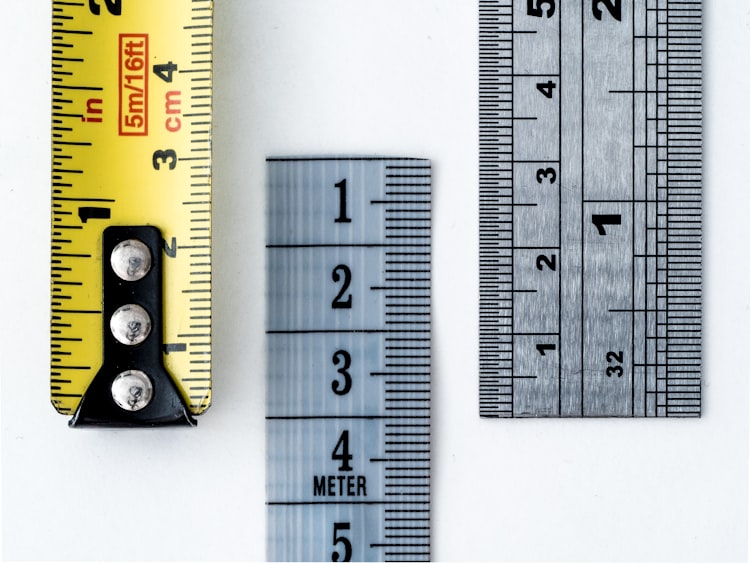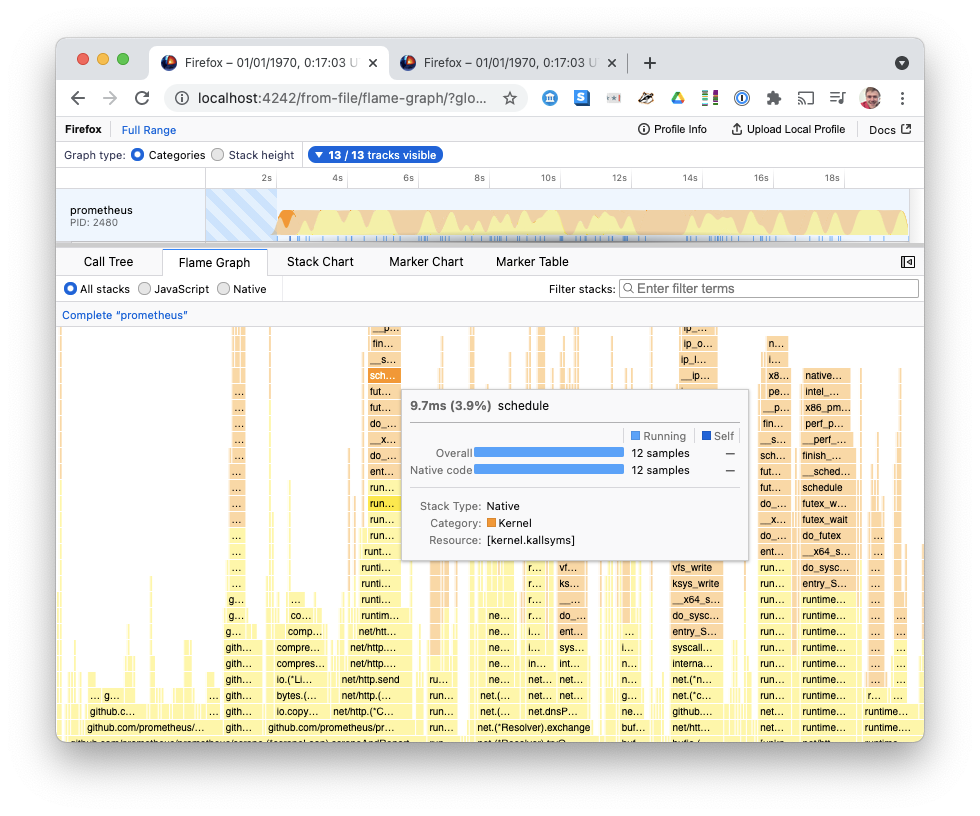Visualising the New Zealand Government Budget
I never used to care about the government budget. Every year, I'd see a storm of Budget stories on the news, and I wouldn't understand any of the numbers they were throwing about. $50 million cuts to education. $2 billion for fibre broadband. $200 million increases for student loans.
I knew these were big numbers, but I can't reason about them. Are they huge? Or are they pocket change, compared to the government balance? Are they going to bankrupt our country? I just didn't know. I didn't have any context, so I couldn't reason about these huge numbers. I got frustrated, and I didn't pay attention.
It's a shame, because the Budget is arguably the most important thing the government does. It decides funding for every aspect of the government, where the money comes from, and where the money goes. It distributes billions of dollars, impacting every one of us, and shaping the future of the country.
And yet, it's inscrutable. The data is available, but it's buried deep in spreadsheets - which is great if you want to do hardcore analysis of the data, but not for interactive exploring.
Today, with the announcement of the 2011 Budget, we're launching Where's My Taxes?, a visualisation of what the goverment's spending your money on.
Where's my Taxes?
We let you explore goverment expenses, and bring huge numbers into context by showing the the per capita levels of spending of each item.
Picking an example at random, it's very difficult for me to reason about a $250 million spend on Pacific aid. Is it high? Is it low? I don't know! But when you convert it to per capita spending - it comes out at $57 per person - that's a number that's easy to reason about.
As another random example, look at the Student Allowance. $660 million spending per year, according to the budget. That's got very little context, but when you work it out to be $148 per person, again, it's a lot easier to reason about the costs/benefits, when you can see the average cost to you.
It's also a lot easier to see the relative size of each government Department when you plot it as a pie chart. It's easy to see, for example, that the Police cost less than the Defence force, and the Department of Conservation is a tiny fraction of the cost of Health and Education.
Conclusion
I hope that this website helps people understand where their taxes are going. Better informed voters can only lead to better governent.
Thanks
Thanks to Luke Bjerring, my partner in this assignment, and Ryan Delaney, for whipping up an excellent design on very short notice.
We took a lot of inspiration from the DataVizChallenge, a challenge to
visualise US goverment taxes. There are some amazing visualisations of the US budget, and I applied some of these techniques to visualise the New Zealand data. In particular, we drew a lot of inspiration from Where Did My Tax Dollars Go?, an excellent visualisation that provided a lot of inspiration for this project.
This was developed as a project for the Information Visualisation class at the University of Waikato. Cheers to our lecturer, Mark Apperley, for giving us the freedom to pursue whatever visualisation we like.
Go to the visualisation: [Where's My Taxes?]




Comments ()